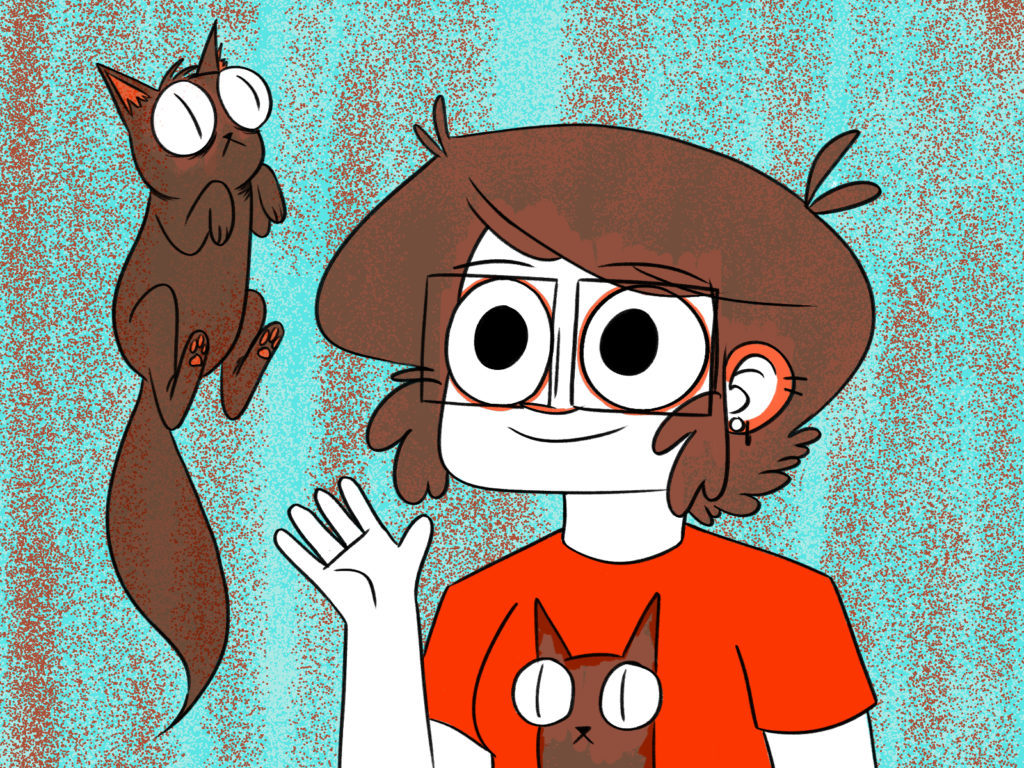
Tell us a little about yourself and your career.
I started as a motion capture cleanup artist and CG layout artist for video games and VFX. I was at Rhythm and Hues during their bankruptcy, and there was a period of time where there were rumors we would not get paid for any of our work and mass layoffs. This soured me on VFX so I transitioned into TV animation. I started as a designer before finally getting into storyboarding and have been boarding since 2014! I’ve worked on BoJack Horseman, Paradise PD, and Big Mouth. Currently I’m at Bento Box as a board artist on Bob’s Burgers.
What challenges have you faced in navigating a career in animation?
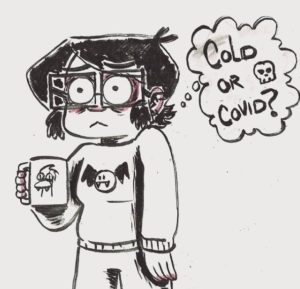
When transitioning from VFX to 2D animation, I essentially started from scratch. I went to school for CG animation, and most of what I learned about boarding and design was done by taking courses while working and just trial and error. Trying to start from scratch after having spent four years at art school was daunting while trying to break into a new industry. I was lucky that I was trying at a time when streaming was starting to pick up so animation was having an uptick in hiring. There are also always times of feast or famine when it comes to work. This can be financially challenging when [you’re] unprepared for long breaks, so being adaptive and flexible when trying to find and keep work has been helpful.
Who are your inspirations in the field of animation?
Jorge Gutierrez and Sandra Equihua have been inspirations for a long time. Seeing two incredible Latino creators telling incredible Latino stories is still such a rarity in animation, so seeing their work is always inspiring and makes me want to put as much of myself into my work [as possible]. Craig McCracken, Lauren Faust, Genndy Tartakovsky, Loren Bouchard, and C.H. Greenblatt are also incredible show creators and artists that inspired me to get into animation and gave me a love for TV animation and how different and unique your storytelling and style can be.
What do you hope to accomplish as an artist in the animation industry?
It’s still a rarity to see a Latinx person or BIPOC creator of a show or film, so I would love to help change that. As a Cuban American and Queer person, I want to be able to tell stories that relate to me. Not that all shows have to be about me, but there is a uniqueness to that voice that isn’t represented in animation. I don’t want to be someone’s afterthought when [they’re] trying to add diversity to their story. I want to be in the forefront and part of that discussion and actually telling these stories instead of having someone else tell them FOR me and only telling them to fill some kind of quota. I think most BIPOC and Queer folx are tired of crumbs or side stories. I would love to be part of that push.
What does being in the Union mean to you?
Protections. As much as studios and employers say they are looking out for you, a Union provides you with an added layer of protections and benefits. We have mechanisms to ensure that we are being treated fairly and ways to resolve issues that might arise. Having come from Rhythm and Hues and VFX that had no Union and no protections, there were extremely abusive environments as a worker. There was no one that I could go to, short of hiring a lawyer myself, which as someone who was just starting out, wasn’t something I could afford. Having the backing of a Union means that there’s strength in numbers and power in numbers. Together we negotiate, individually we get taken advantage of.
Discover more of Quintas’ artwork at her website.
Follow Quintas on Instagram at @alexquintas.

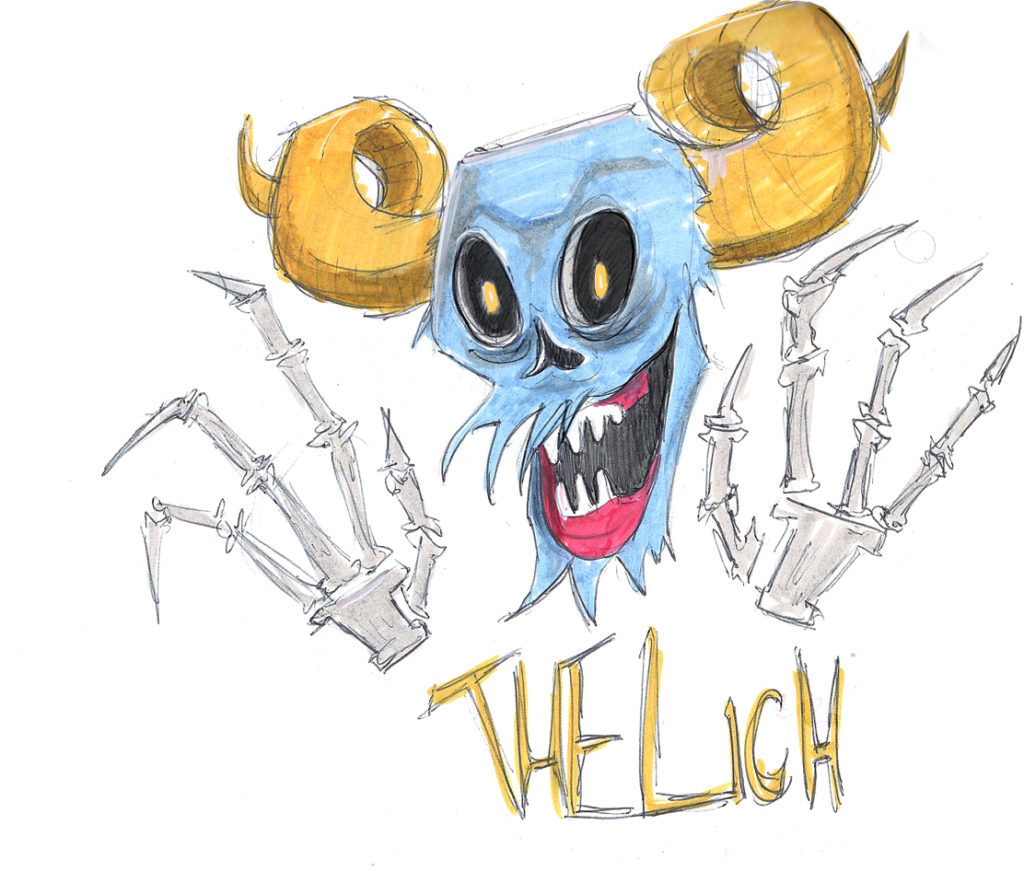

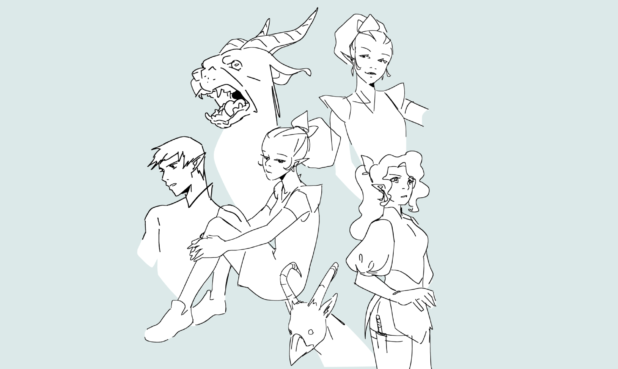
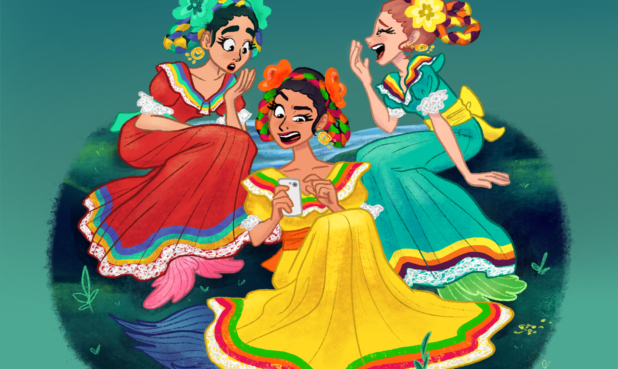
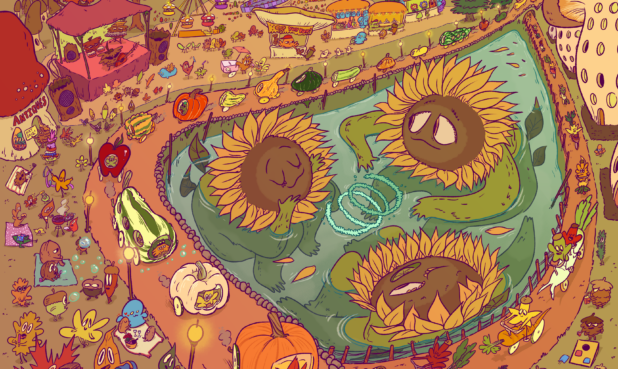
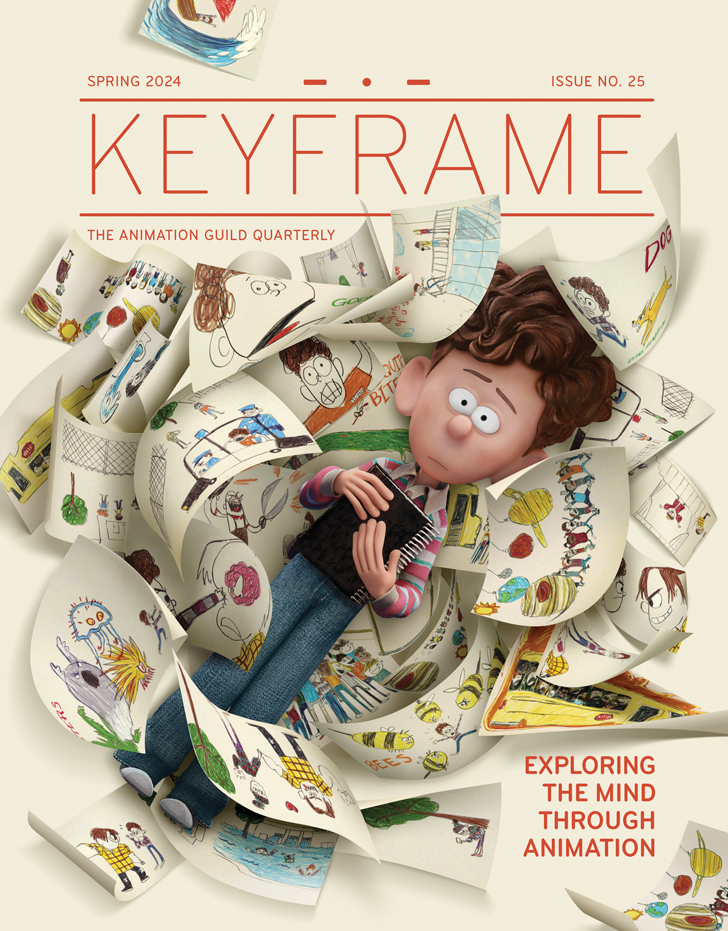
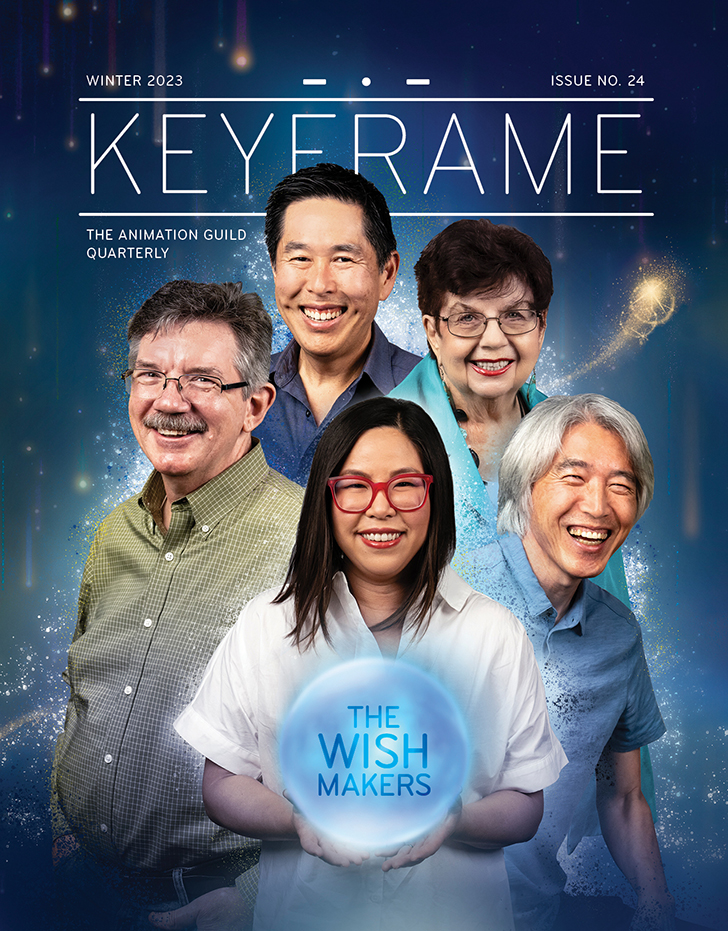
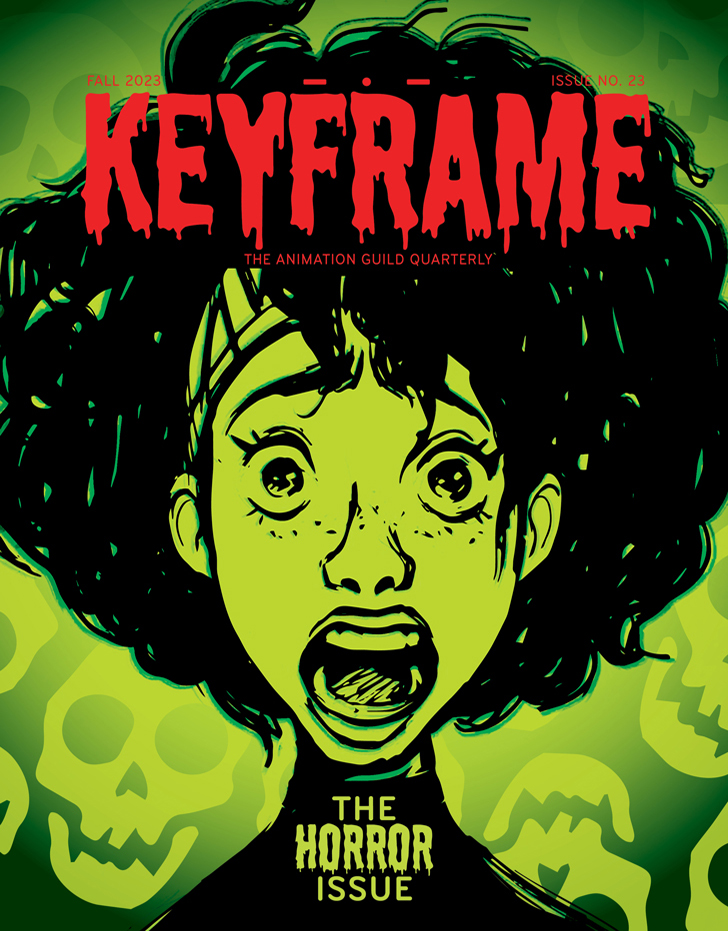
.png)